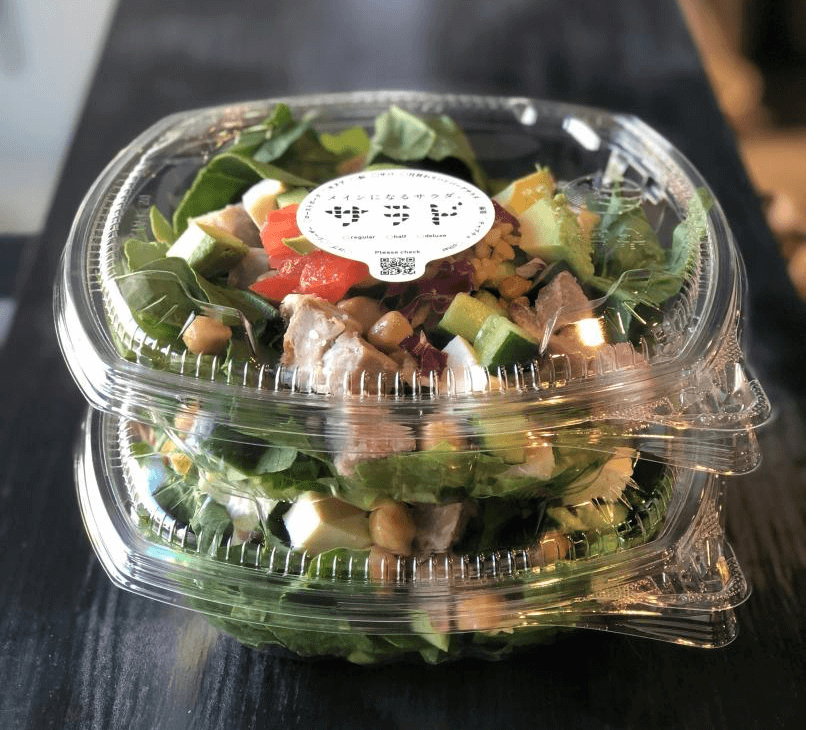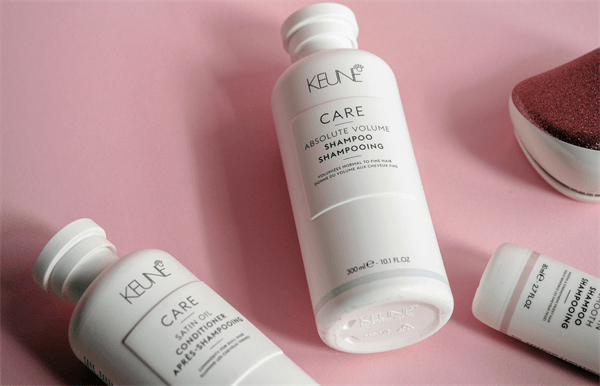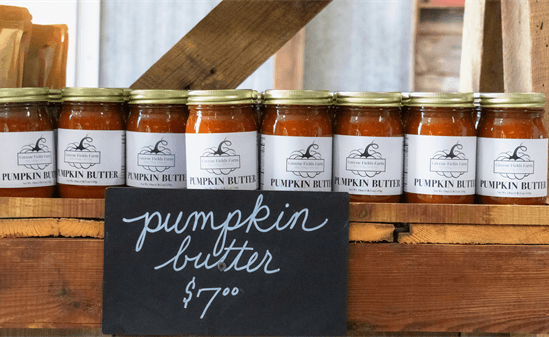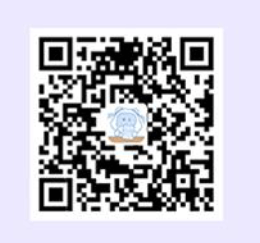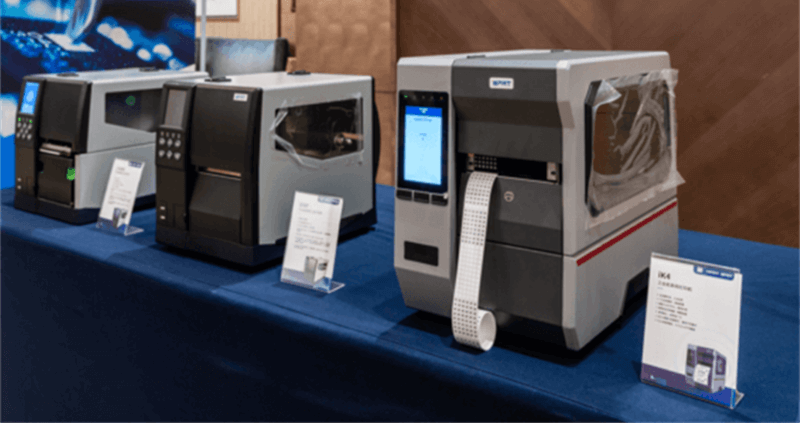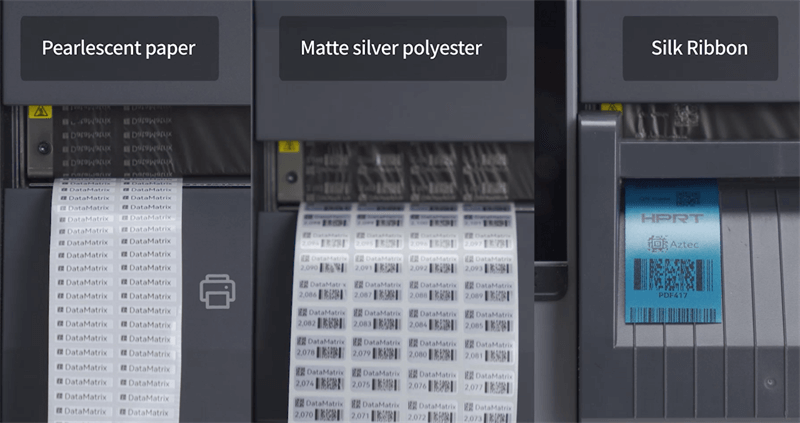- Blog
- About
- Contact
-

-


- 简体中文
- English
- Русский
- 繁體中文
- Français
- Deutsch
- ไทย
- Tiếng Việt
- Español
- العربية
- বাংলা
- Português
- Українська
- 한국어
- Filipino
- हिंदी
- 日本語
- Italiano
- Türkçe
- Melayu
- Indonesia
- Polski
- မြန်မာစာ
- Nederlands
- Română
- नेपाली
- Magyar
- Ελληνικά
- Српски
- Svenska
- Čeština
- Shqip
- Dansk
- Hrvatski
- Suomi
- Norsk
- Gaeilge
- Eesti keel
- עִבְרִית
- Беларуская


